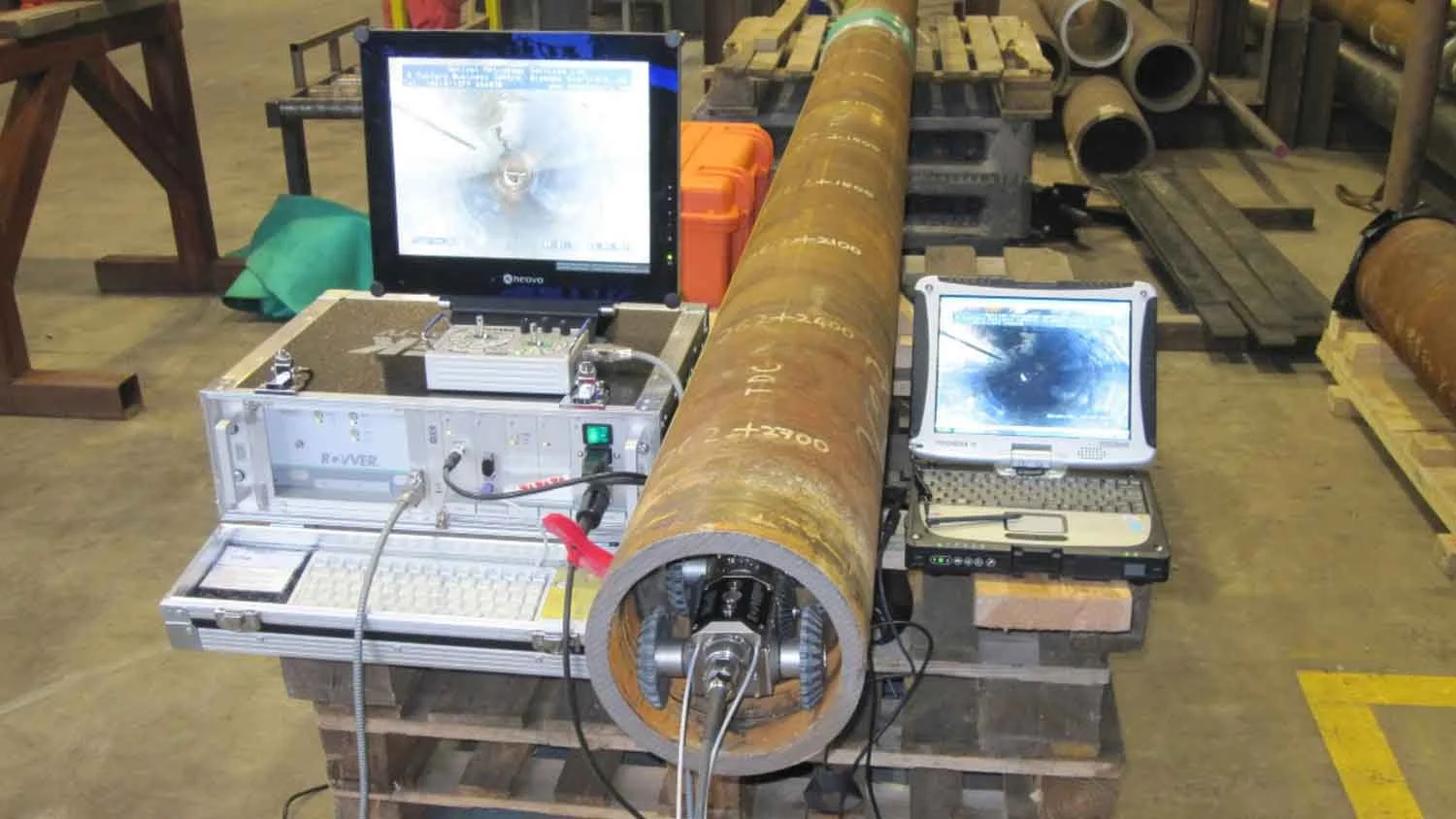Remain Code-Compliant: Professional Pipeline Welding Inspection Tailored to Your Requirements
Remain Code-Compliant: Professional Pipeline Welding Inspection Tailored to Your Requirements
Blog Article
Comprehensive Introduction of Pipe Welding Assessment Treatments
In the realm of pipeline construction, guaranteeing the stability and safety and security of bonded joints is paramount. Pipeline welding evaluation treatments play a critical role in guaranteeing that bonded connections fulfill rigorous industry standards and specifications. From meticulous pre-welding evaluations to extensive post-weld analyses, a distinct assessment procedure is necessary for keeping the architectural sturdiness of pipelines. Recognizing the intricacies of welding examination procedures is not only a governing demand however additionally a basic aspect of maintaining the integrity of these crucial infrastructures.
Pre-welding Inspection Preparations
Prior to commencing the welding procedure, comprehensive pre-welding assessment prep work are essential to make certain the stability and top quality of the weld joint. These preparations involve a precise assessment of the materials to be bonded, the welding tools, and the work atmosphere. By performing detailed pre-welding examination preparations, potential problems can be identified and resolved early on, leading to top quality and reputable weld joints.
Welding Treatment Certification
Complete pre-welding inspection prep work lay the structure for the important procedure of Welding Treatment Qualification, making certain the stability and top quality of the weld joint. Welding Treatment Certification (WPQ) is a crucial action in the welding process that entails testing and licensing welding procedures to assure they satisfy details standards and needs. The WPQ procedure usually consists of welding procedure spec growth, welding procedure qualification screening, and documentation of the results.
Throughout welding treatment specification growth, vital information such as the welding procedure, welding materials, joint style, and welding specifications are defined to produce a detailed treatment. Subsequently, welding procedure qualification screening is performed to validate the proposed procedure's integrity. This testing commonly entails welding examination coupons that go through different mechanical and non-destructive examinations to assess the weld's quality and adherence to the specified standards.
In-process Weld Assessment
During the welding procedure, in-process weld examination plays an essential function in making certain the top quality and integrity of the weld joint - Pipeline Welding Inspection. This kind of assessment involves checking the welding specifications, evaluating the weld grain development, and discovering any kind of possible defects or suspensions as they occur. By conducting in-process weld inspections, welding operators can without delay address any concerns that might emerge, consequently avoiding additional problems and guaranteeing that the final weld meets the required requirements
Usual methods used for in-process weld assessment include visual inspection, fluid penetrant testing, magnetic fragment screening, ultrasonic screening, and radiographic testing. Generally, in-process weld examination is crucial for preserving the quality and reliability of bonded pipes.
Non-destructive Screening (NDT)
Non-destructive Testing (NDT) is a crucial technique used in pipe welding examination to examine the honesty of weld joints without causing damage to the bonded framework. By utilizing different NDT strategies, assessors can evaluate the high here are the findings quality of welds and determine any type of defects or discontinuities that may jeopardize the architectural sturdiness of the pipeline. Typical NDT approaches made use of in pipe welding inspection include Radiographic Screening (RT), Ultrasonic Testing (UT), Magnetic Particle Evaluating (MPT), Fluid Penetrant Testing (LPT), and Visual Testing (VT)
RT involves the usage of X-rays or gamma rays to generate photos of the internal framework of the weld, permitting assessors to find flaws such as porosity, cracks, or insufficient blend. In addition, VT includes visual examination of welds to determine any visible imperfections.
Post-weld Evaluation and Documentation

Documents of post-weld evaluation searchings for is essential for keeping quality assurance documents and making sure compliance with market criteria and policies. Comprehensive records must include information concerning the assessment methods utilized, the area and nature of any type of issues located, and any type of corrective actions taken - Pipeline Welding Inspection. Correct documentation not only works as a record of the weld's top quality but likewise help in future maintenance and assessment procedures
Final Thought

Finally, pipeline welding assessment treatments play a critical role in making sure the quality and stability of welds. From pre-welding examinations to post-weld paperwork, each action is vital in keeping the safety and effectiveness of pipes. By adhering to recognized treatments and conducting detailed inspections, prospective flaws can be recognized and attended to prior to they bring about costly repair work or failings. Generally, adherence to correct inspection procedures is vital to the success of pipe welding tasks.
From original site precise pre-welding examinations to comprehensive post-weld assessments, a distinct examination procedure is essential for keeping the architectural stability of pipes. By performing in-process weld examinations, welding drivers can immediately address any issues that check out here might emerge, therefore protecting against additional problems and guaranteeing that the final weld fulfills the needed specifications.
Usual approaches utilized for in-process weld evaluation include aesthetic evaluation, fluid penetrant testing, magnetic particle screening, ultrasonic testing, and radiographic screening.Non-destructive Screening (NDT) is an essential approach utilized in pipe welding assessment to evaluate the honesty of weld joints without triggering damage to the bonded structure. Post-weld examination entails numerous techniques to analyze the welds for problems, consisting of aesthetic inspection, color penetrant testing, magnetic bit testing, ultrasonic screening, and radiographic testing.
Report this page